Junkyard Find: 1969 Volvo 145 Wagon

I see more Volvo Amazons in junkyards (and on the street) than I do 140s, probably because the Amazon was built for 15 years versus the 140’s eight. Both cars got the pushrod version of Volvo’s sturdy— in fact, tractor-grade sturdy— B engine and were unusually safe for their times. Both were typically bought by owners who planned on keeping the cars for many decades. Still, there comes a day when a 43-year-old station wagon just isn’t worth maintaining. Here’s a ’69 wagon I found at a junkyard near my house.
The Volvo 240 evolved out of the 140 and was pretty much the same car from about the windshield rearward. You can really see the resemblance between the 245 and 145 wagons from this view.
This proud engine identification lettering looks serious.
I always think of my free ’68 Volvo 144 when I see the “thermometer” speedo on one of these things.

Murilee Martin is the pen name of Phil Greden, a writer who has lived in Minnesota, California, Georgia and (now) Colorado. He has toiled at copywriting, technical writing, junkmail writing, fiction writing and now automotive writing. He has owned many terrible vehicles and some good ones. He spends a great deal of time in self-service junkyards. These days, he writes for publications including Autoweek, Autoblog, Hagerty, The Truth About Cars and Capital One.
More by Murilee Martin
Latest Car Reviews
Read moreLatest Product Reviews
Read moreRecent Comments
- MaintenanceCosts Nobody here seems to acknowledge that there are multiple use cases for cars.Some people spend all their time driving all over the country and need every mile and minute of time savings. ICE cars are better for them right now.Some people only drive locally and fly when they travel. For them, there's probably a range number that works, and they don't really need more. For the uses for which we use our EV, that would be around 150 miles. The other thing about a low range requirement is it can make 120V charging viable. If you don't drive more than an average of about 40 miles/day, you can probably get enough electrons through a wall outlet. We spent over two years charging our Bolt only through 120V, while our house was getting rebuilt, and never had an issue.Those are extremes. There are all sorts of use cases in between, which probably represent the majority of drivers. For some users, what's needed is more range. But I think for most users, what's needed is better charging. Retrofit apartment garages like Tim's with 240V outlets at every spot. Install more L3 chargers in supermarket parking lots and alongside gas stations. Make chargers that work like Tesla Superchargers as ubiquitous as gas stations, and EV charging will not be an issue for most users.
- MaintenanceCosts I don't have an opinion on whether any one plant unionizing is the right answer, but the employees sure need to have the right to organize. Unions or the credible threat of unionization are the only thing, history has proven, that can keep employers honest. Without it, we've seen over and over, the employers have complete power over the workers and feel free to exploit the workers however they see fit. (And don't tell me "oh, the workers can just leave" - in an oligopolistic industry, working conditions quickly converge, and there's not another employer right around the corner.)
- Kjhkjlhkjhkljh kljhjkhjklhkjh [h3]Wake me up when it is a 1989 635Csi with a M88/3[/h3]
- BrandX "I can charge using the 240V outlets, sure, but it’s slow."No it's not. That's what all home chargers use - 240V.
- Jalop1991 does the odometer represent itself in an analog fashion? Will the numbers roll slowly and stop wherever, or do they just blink to the next number like any old boring modern car?
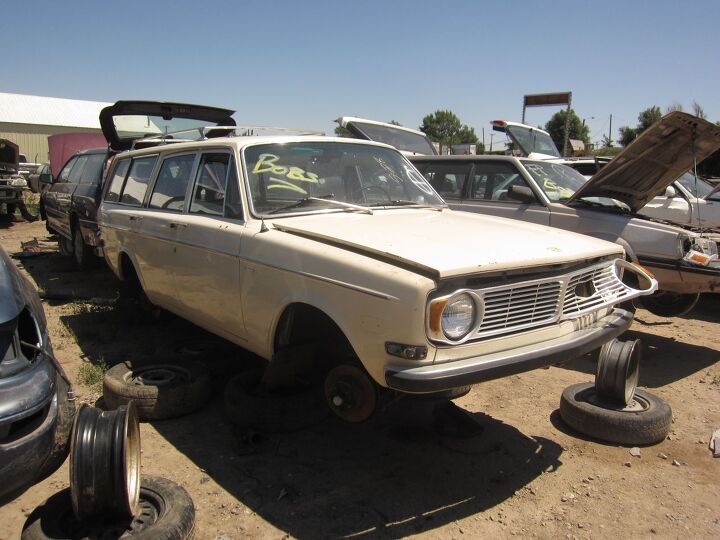

























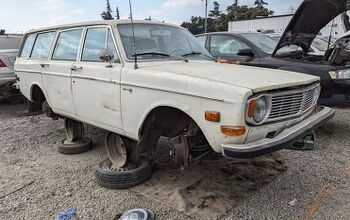
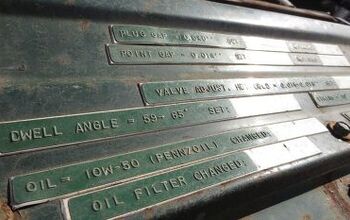
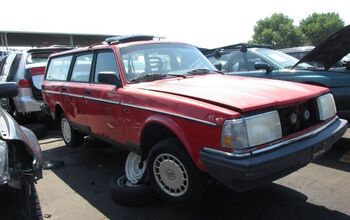
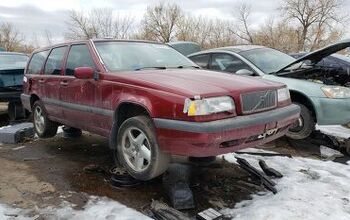
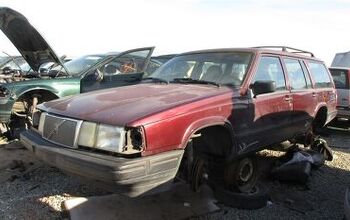
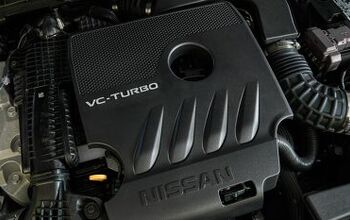
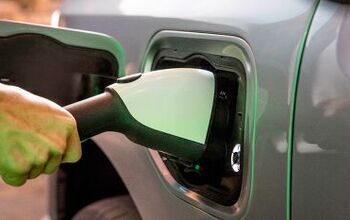
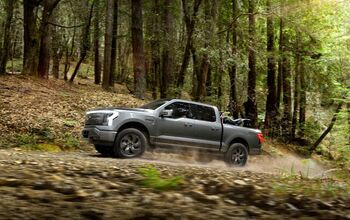

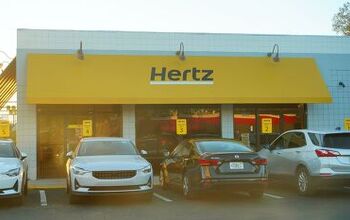
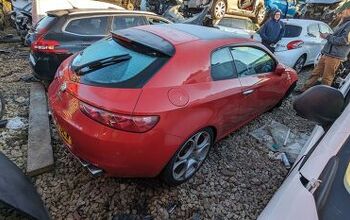
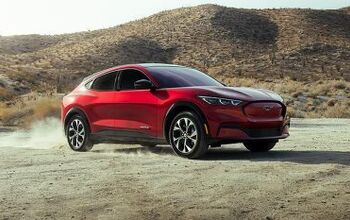

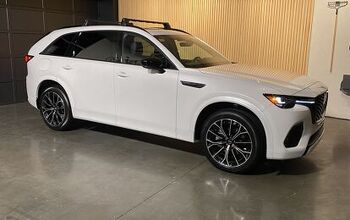
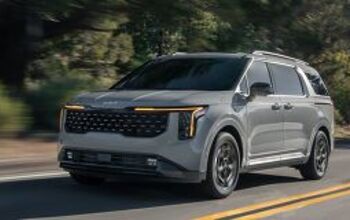
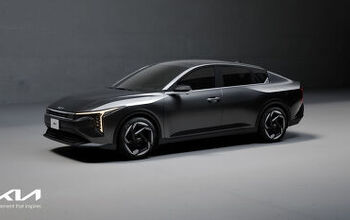

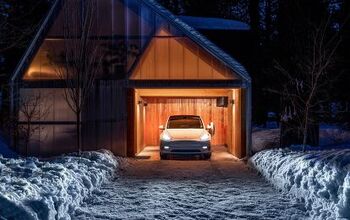
Comments
Join the conversation
That's sad ~ this car is obviously in VGC and mechanical repairs are cheap and dead simple for any real Mechanic (Daler 'Mechanics" are mostly parts changer kiddies) . This series didn't have the BOSCH D-Jetronic fuel injection , it had the world's _only_ true variable venturi carbys : S.U. , maybe HS-4's . I had a 1970 144S sedan , bought it at the police auction for $130 after the lady owner went to jail for DUI , tuned it sharply and ran it hard with zero problems apart from the worn out engine's constant oil burning . They were farily slow , especially up hill but once rolling , or blasting down canyons or twisty mountain roads , it cornered like is was on rails ~ I surprised many ' Sports Cars ' going down hill . Sadly , few Mechanics seem to grasp how to properly tune or repair these simple , durable rigs as they were in fact , bulletproof . -Nate
Anyone know where this junkyard is located? I have a 1970 145 and would like that roof rack, as well as the rear tailgate. Anyway, I looked for ages for a mechanic in SoCal that would be willing to work on my engine (head was cracked). Finally, found someone to weld on the head, and replace the Stromberg carbs. Runs like a champ now. The 1970 would have been the last year to have those door handles and the front grille without the trademark Volvo slash. Seems like a shame that something like this would be just sitting around waiting for time to take its toll.